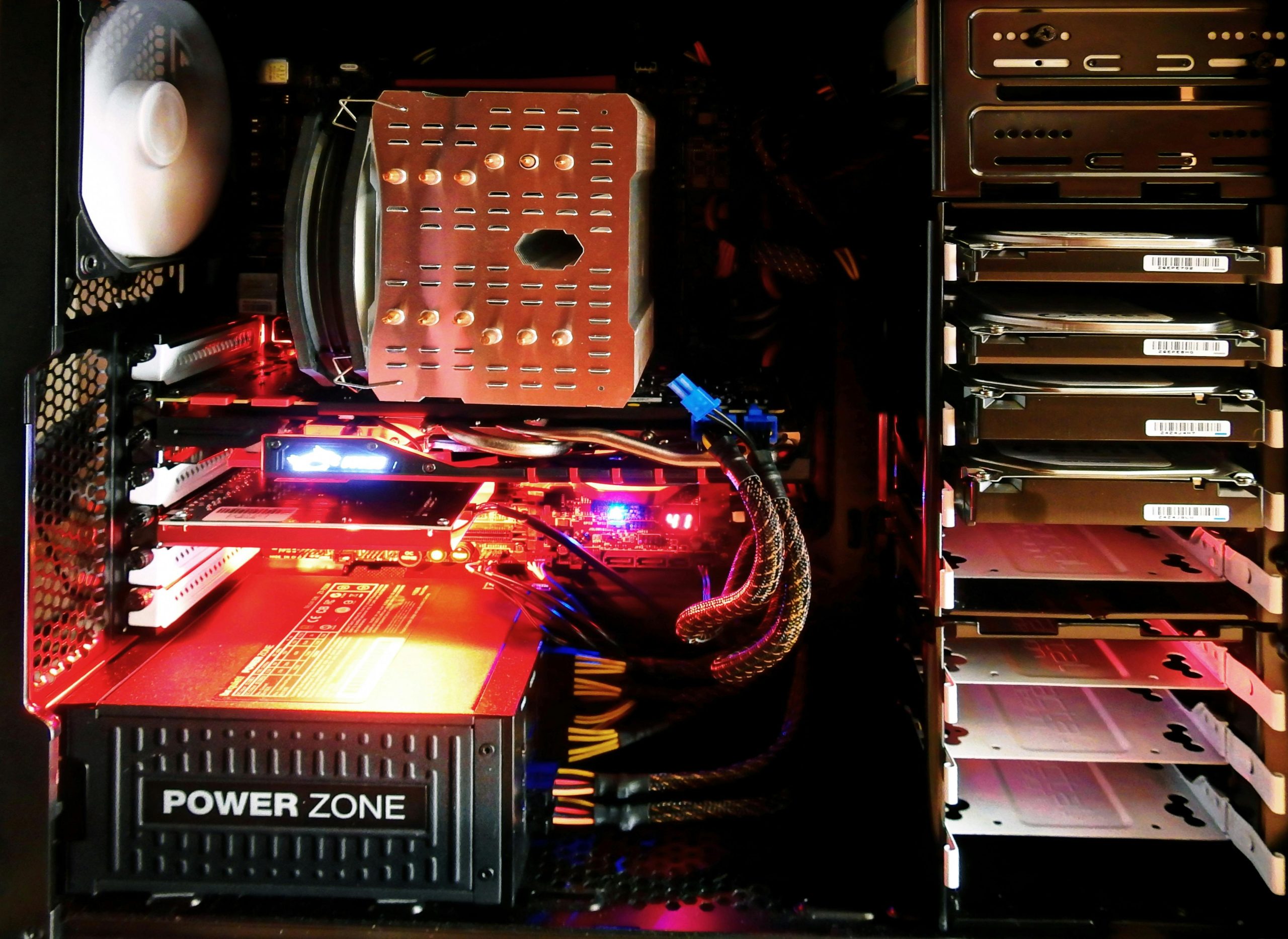Getting Started with Your New Used PC: A Beginner’s Guide
Congratulations on your recent purchase of a used PC! Whether you’re new to computers or just venturing into upgrading your setup, it’s exciting to start exploring your new device. In this article, we’ll guide you through the initial steps to get your PC up and running smoothly, ensuring optimal performance and longevity.
Understanding Your New Machine
Your PC features an Intel Core i5 sixth-generation processor, 16GB of RAM, and a 256GB SSD—all for an affordable price of $150. This configuration offers a solid foundation for everyday tasks, productivity, and light gaming. Since you’re unfamiliar with PCs, here’s a straightforward approach to begin your journey:
Step 1: Initial Inspection and Safety Checks
- Physical Examination: Before powering on, inspect the computer for any visible damage or loose components. Although the previous owner mentioned little dust, double-check to ensure there are no obstructions or debris that could affect airflow.
- Cleaning (if necessary): If you notice any dust buildup, a gentle cleaning with compressed air can help maintain proper cooling. Be cautious to avoid damaging internal components.
Step 2: Powering Up and BIOS Check
- Connect and Power On: Plug in your PC and turn it on. Observe if it boots up properly without unusual noises or delays.
- Access BIOS/UEFI: During startup, press the designated key (often F2, F12, DEL, or ESC) to enter the BIOS/UEFI settings. Here, you can verify hardware recognition, check system health, and update BIOS if needed.
Step 3: Installing or Reinstalling the Operating System
Given that you’re unfamiliar with the PC’s setup history, it’s advisable to perform a clean installation of your preferred operating system:
- Create a Bootable USB Drive: Download the latest Windows or Linux ISO and use tools like Rufus to create a bootable installer.
- Backup Data: If the previous data is still on the SSD, decide whether to wipe it clean during installation.
- Install OS: Boot from the USB drive and follow on-screen instructions to install a fresh copy of the OS. This ensures you start with a secure and optimized environment.
Step 4: Update Drivers and Essential Software
Post-installation, update all necessary drivers—especially for graphics, motherboard, and storage devices—to ensure stability and performance. Download drivers directly from manufacturer
Share this content:



